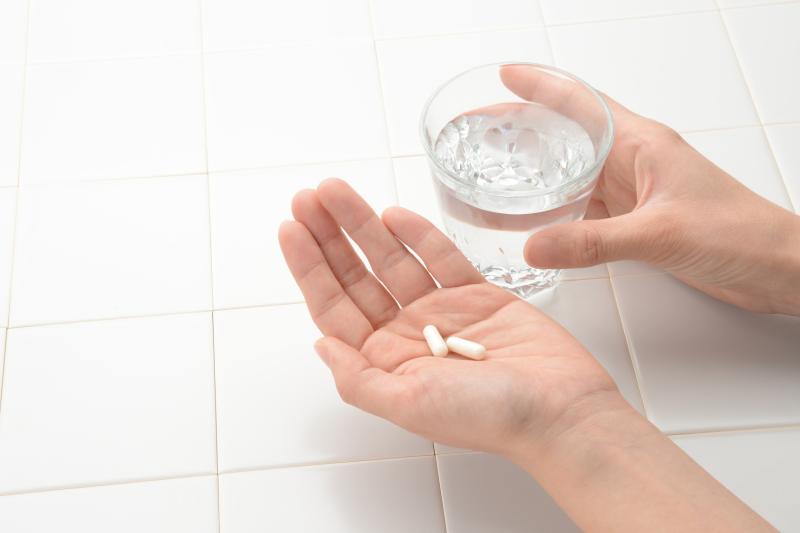
In the treatment of patients with gout and hyperuricemia, use of febuxostat does not appear to come with an increased hazard of mortality or adverse cardiovascular (CV) outcomes, according to the results of a meta-analysis.
Researchers pooled data from 15 randomized controlled trials, which contributed to a total of 16,070 participants (mean age, 58.1 years). The proportion of patients with hypertension varied between 27.7 percent and 100.0 percent, while those with diabetes ranged from 6.9 percent to 100.0 percent.
Over a median follow-up of 6.4 months across the trials, use of febuxostat vs control (placebo or allopurinol) did not result in a significant increase in the risk of CV mortality (risk difference [RD], 0.12 percent, 95 percent confidence interval [CI], –0.25 to 0.49; I2, 48 percent; low certainty evidence) and all-cause mortality (RD, 0.20 percent, 95 percent CI, –0.28 to 0.68; I2, 60 percent; very low certainty evidence).
The same was true for adverse CV outcomes, as follows: major adverse CV events (RD, 0.40 percent, 95 percent CI, –0.34 to 1.13; I2, 26 percent; low certainty evidence), myocardial infarction (RD, –0.06 percent, 95 percent CI, –0.29 to 0.17; I2, 0 percent; moderate certainty evidence), stroke (RD, 0.10 percent, 95 percent CI, –0.15 to 0.35; I2, 0 percent; moderate certainty evidence), or new-onset hypertension (RD, 1.58 percent, 95 percent CI, –0.63 to 3.78; I2, 58 percent; very low certainty evidence).
The findings were consistent among patients with existing CV disease. Moreover, Egger’s regression test did not detect significant publication bias (p=0.51).
The findings were limited by low to moderate certainty of evidence, the researchers said. They recommended evaluating CV events and mortality as an outcome, defining major adverse CV events, and comparing the outcomes among different doses of febuxostat over a longer follow-up duration in future trials.